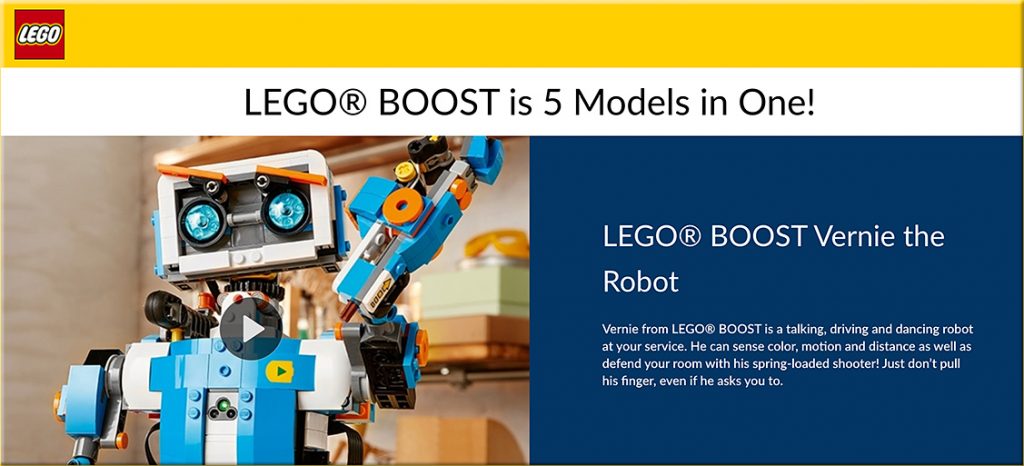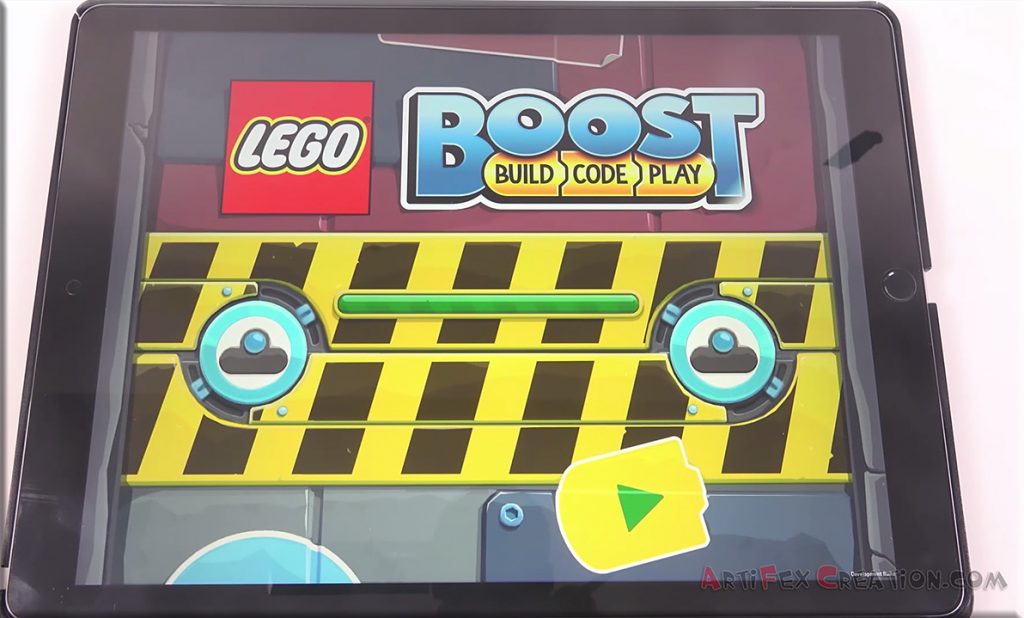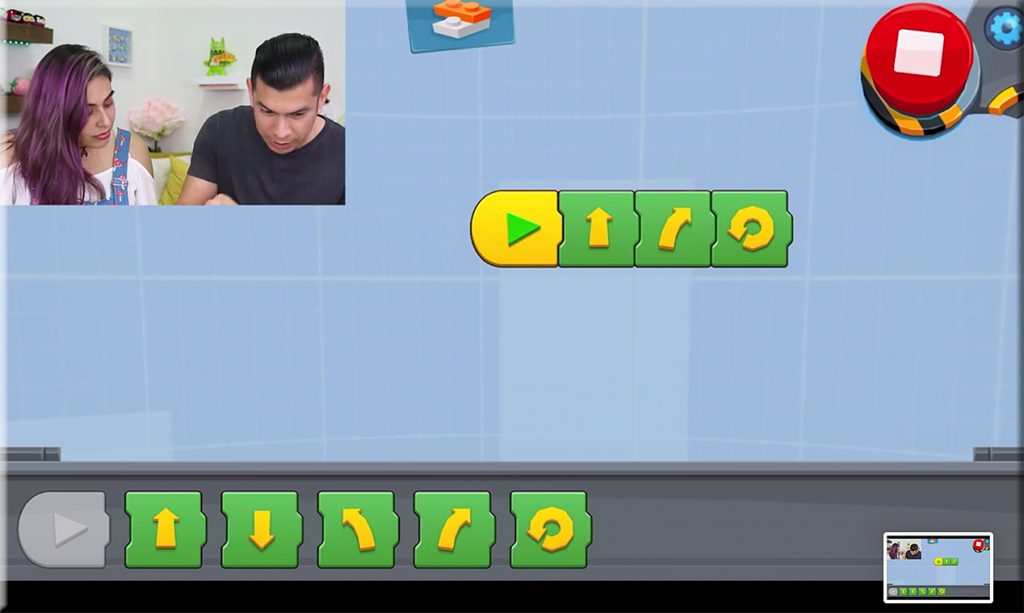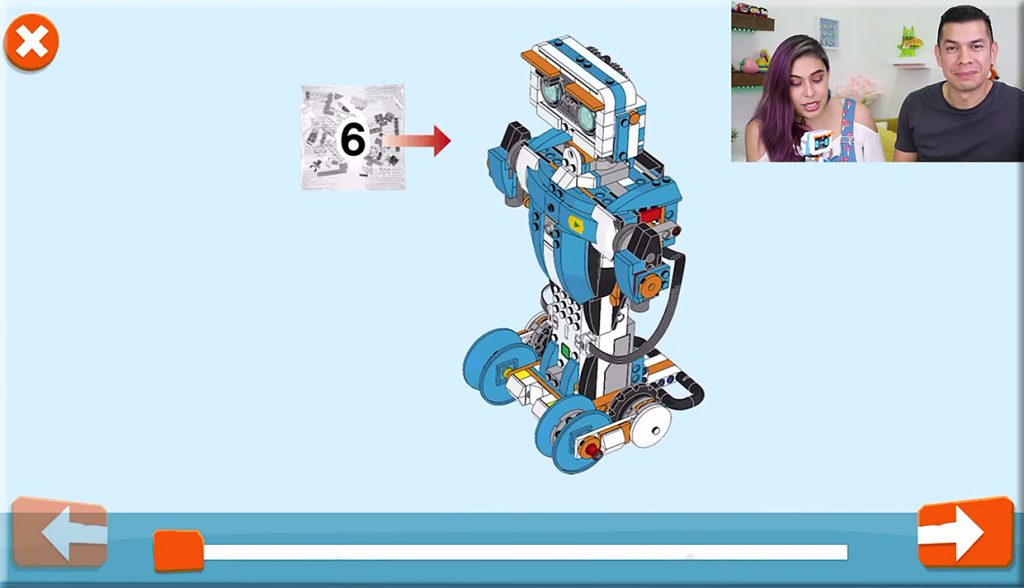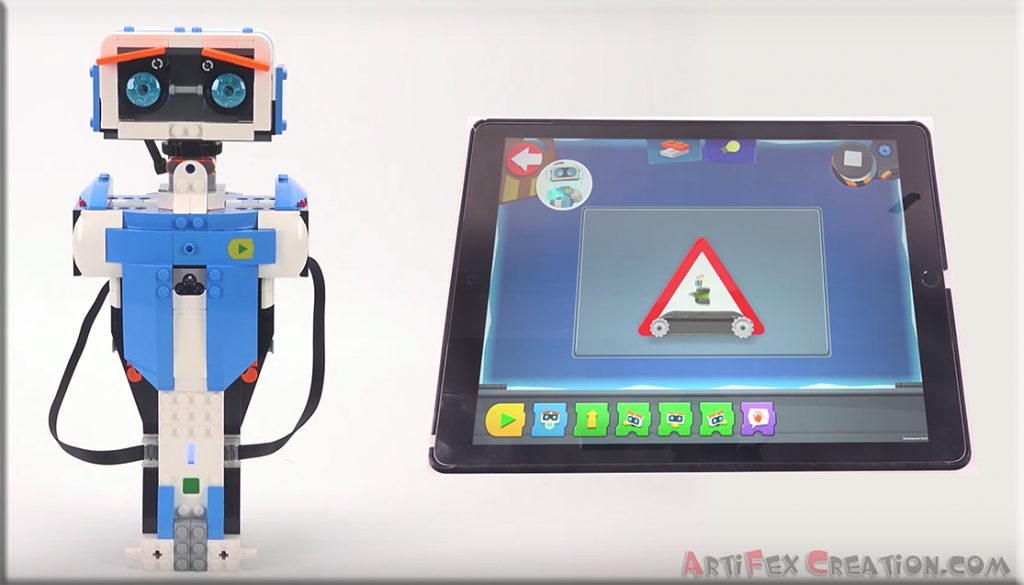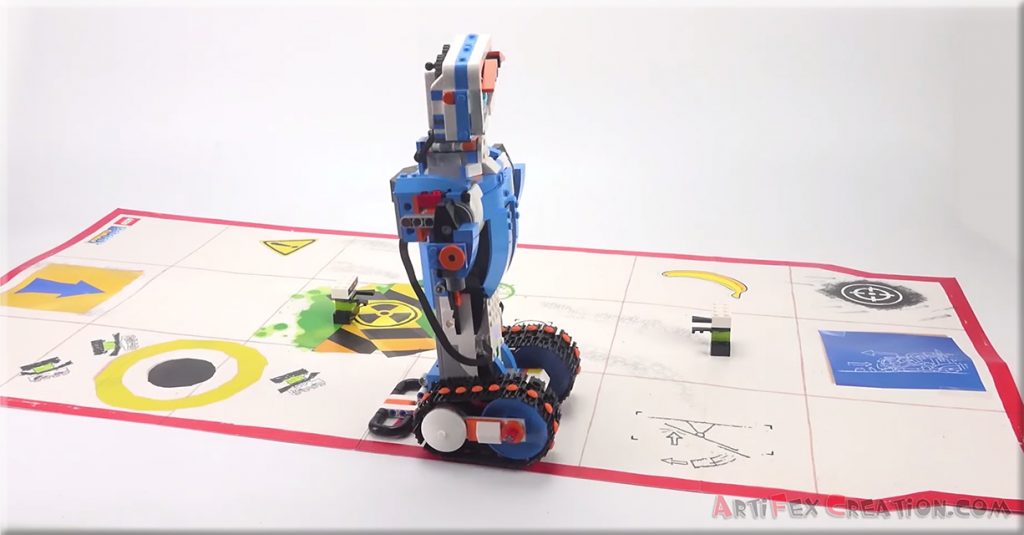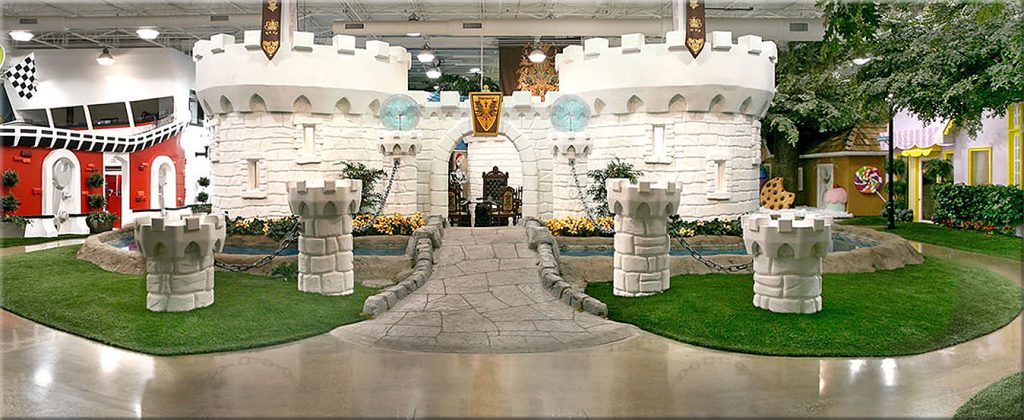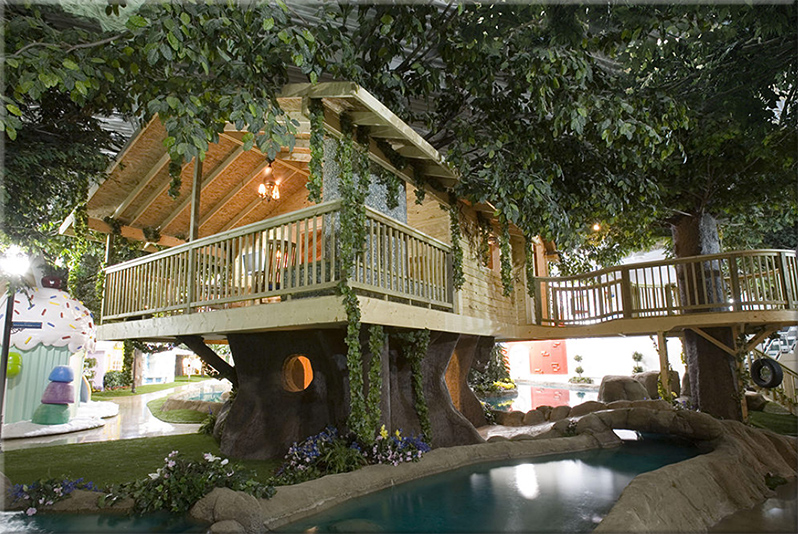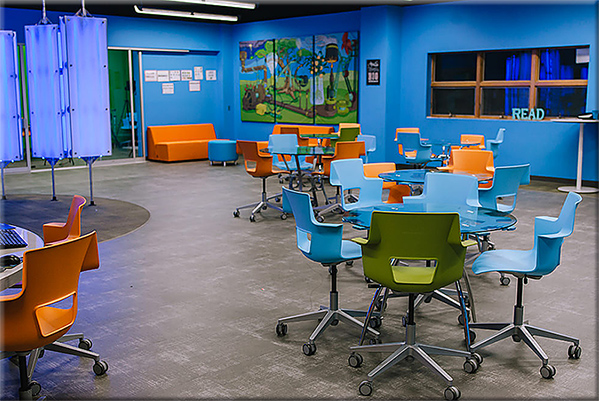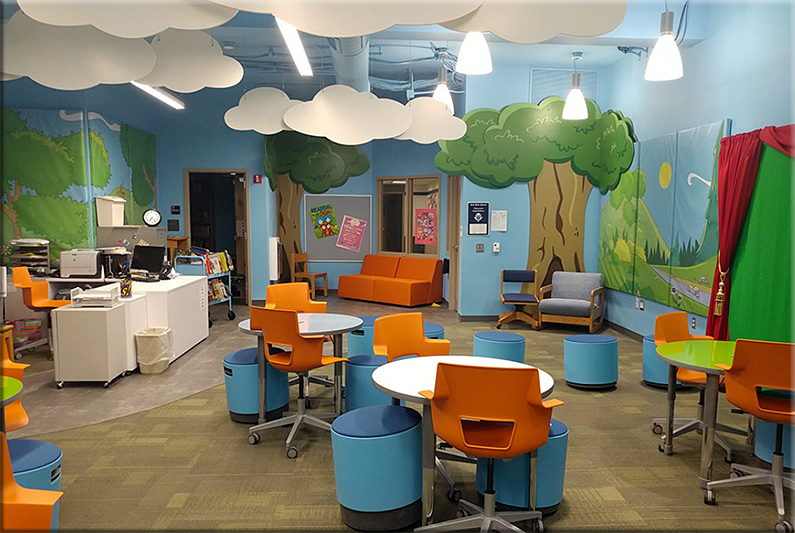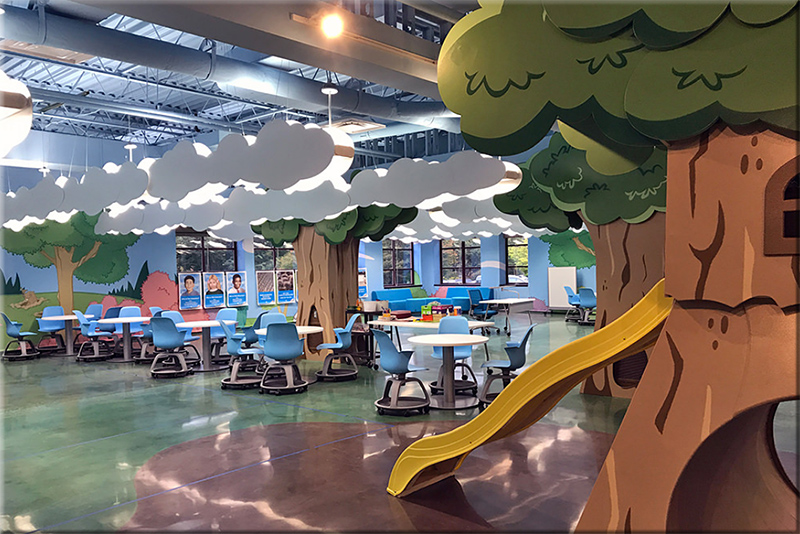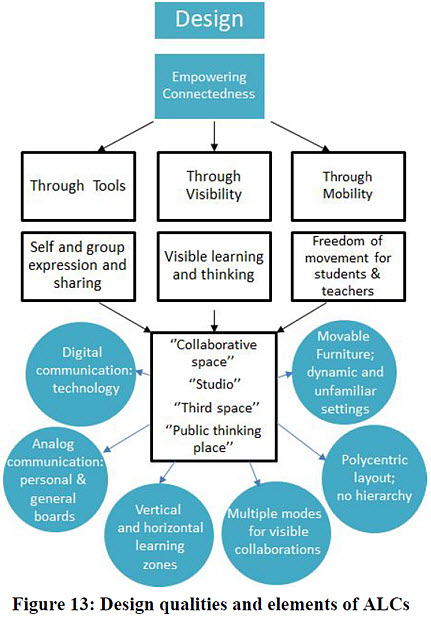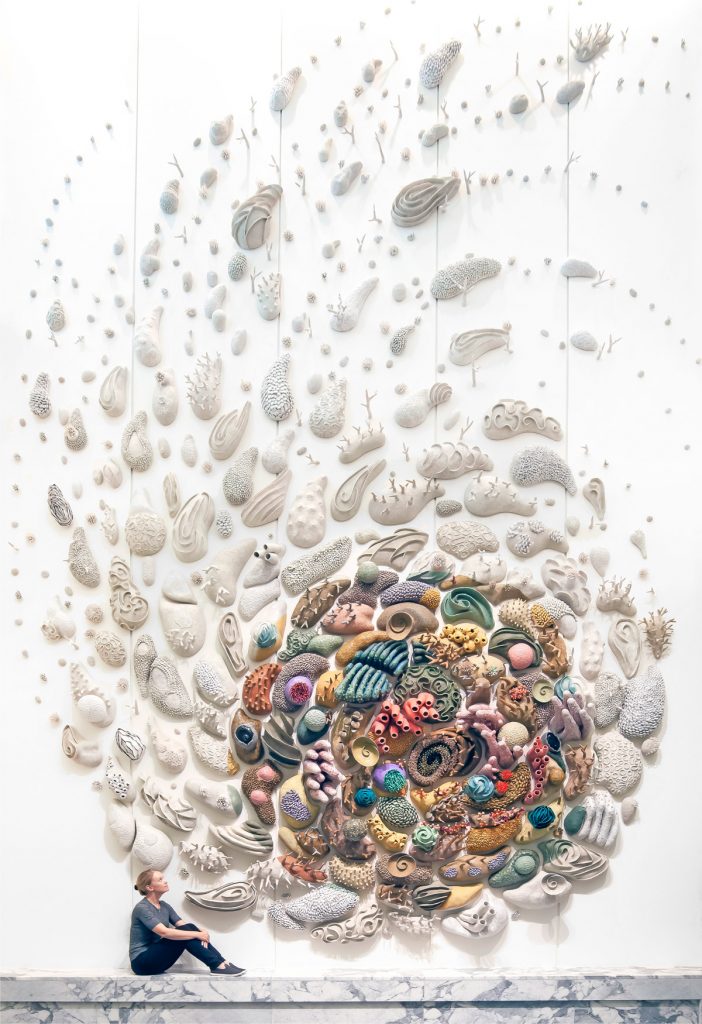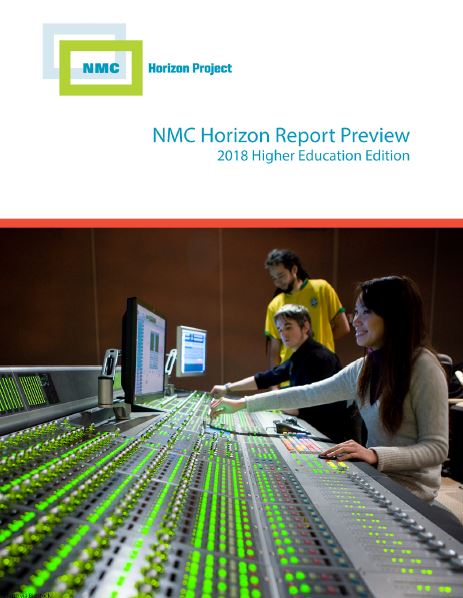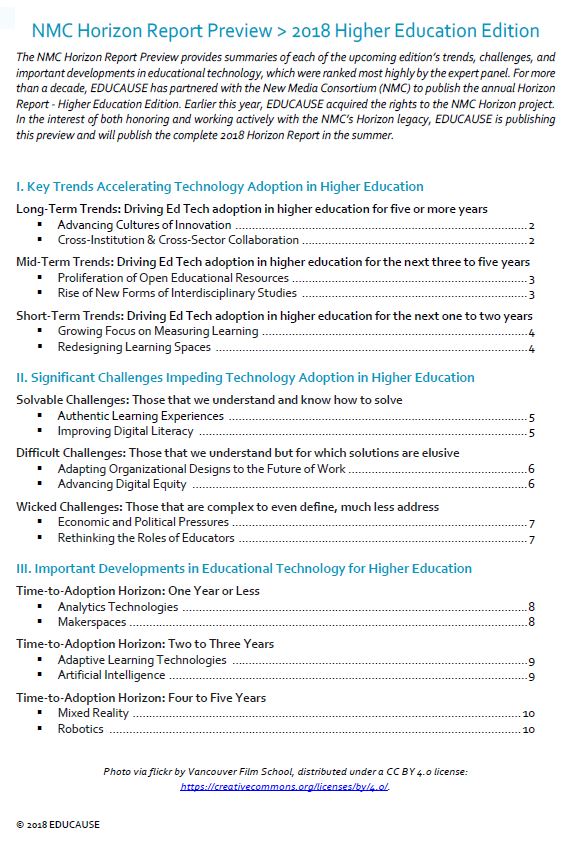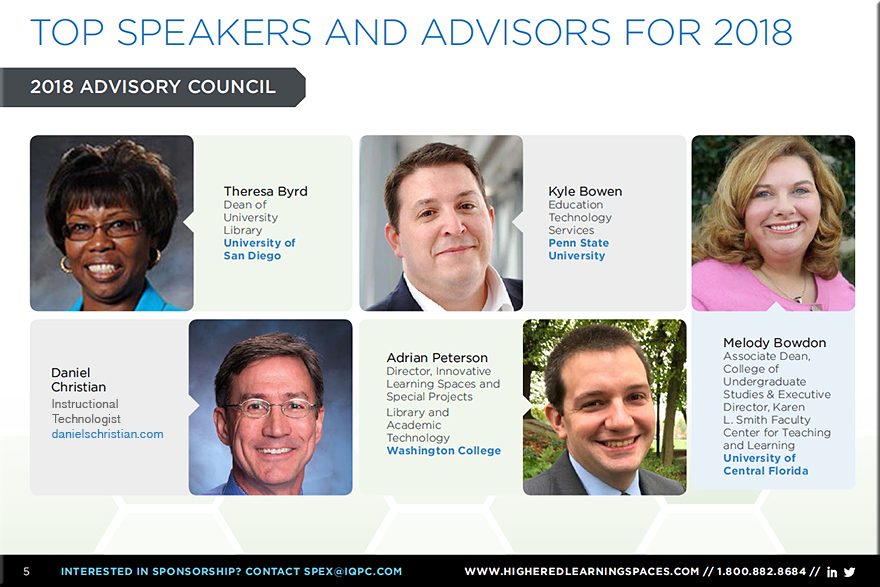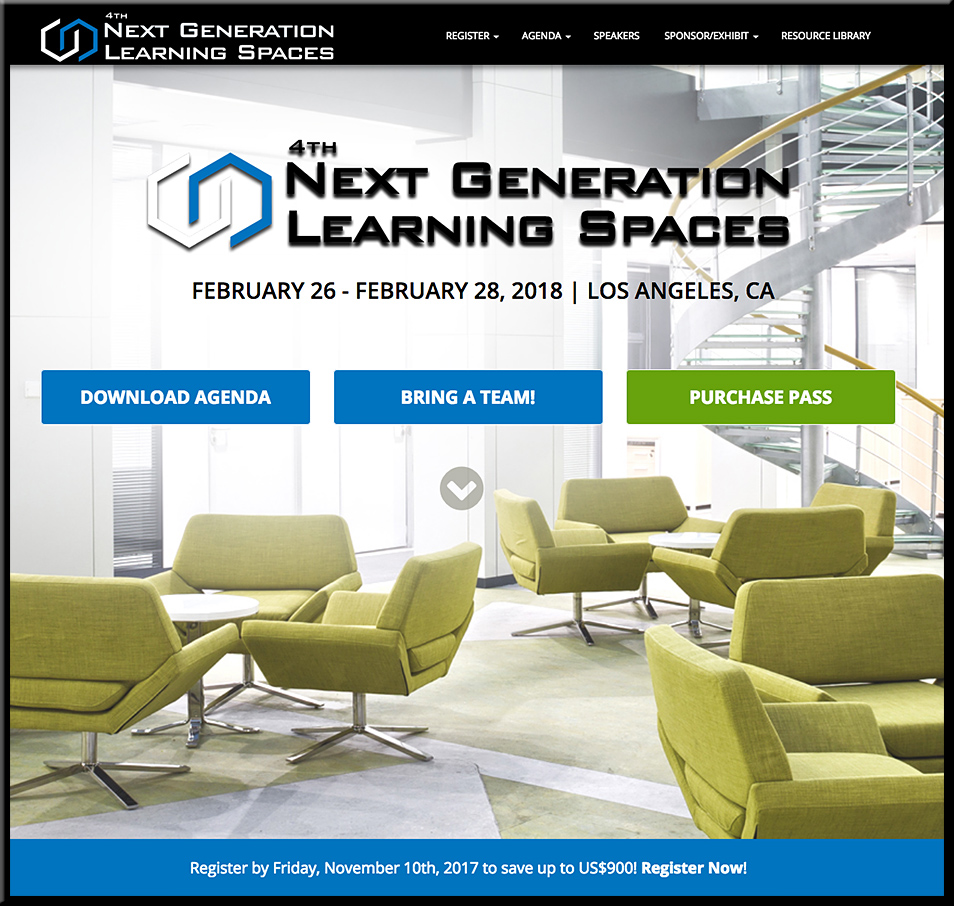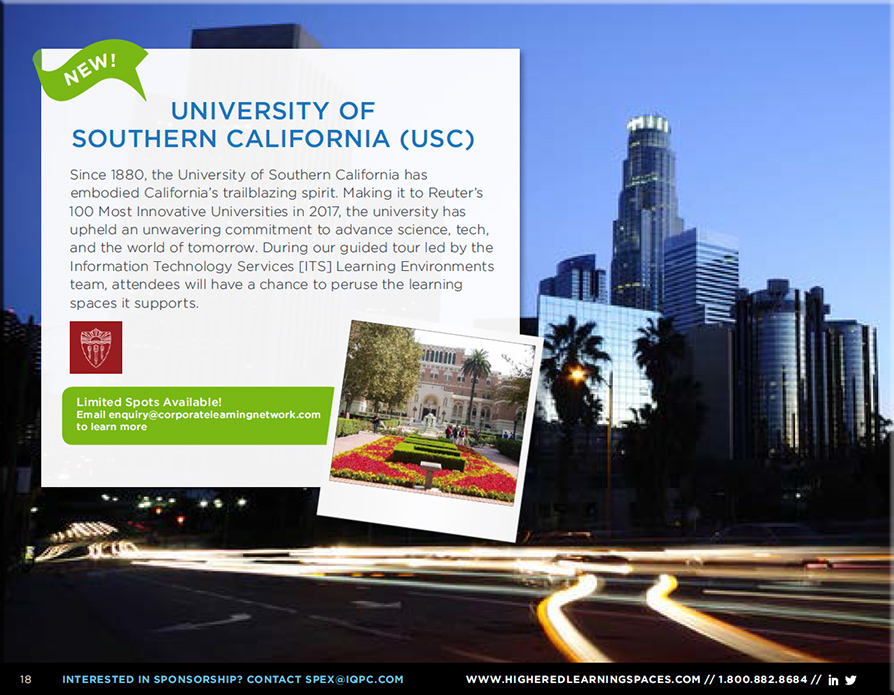From DSC:
While I haven’t gone through all of these videos/modules/practice problems, I find the idea of using music to teach math very intriguing. So I wanted to pass this information along in case it helps some students (and teachers) out there!
You might find some (or all) of this a bit corny, but some kids out there might find this style much more interesting and engaging. It might better help get and maintain their attentions. It might help them better remember some of these concepts.
I’m posting these resources/links on my blog here because of such students. If such an approach helps them connect with the material, I say, “Good deal!” Such an approach might suit their preferences quite well.
In fact, perhaps teachers could have their students design and produce these sorts of videos themselves! Talk about active learning/project based learning! Such a cross-disciplinary, team-based approach would involve students with interests and developing skills involving:
- Digital video editing
- Digital audio editing
- Music
- Drama/acting
- Script writing
- Instructional design
Per Matt Wolf, Managing Director at Tylerbarnettpr.com:
Singing math tutor, Huzefa Kapedia, has launched a new musically-based SAT Math Video Course that is sure to bring a smile to faces.
From crooning about the quadratic formula to rapping about slope intercept form, Huzefa introduces the only math SAT course to teach difficult concepts through the power of song.
Additionally, he provides 700 practice problems (all frequency-based), each with its own video explanation.
And…it actually works. Huzefa is not only helping kids score big on their SATs; he is also making the whole math studying thing pretty darn enjoyable.
Problem Solved: Scalar Learning Proves Any Person Can Be a Math Person
Online and In-Person Tutoring Platform Introduces Modern Mathematics for Today’s Student
Scalar Learning introduces an innovative online and in-person tutoring platform that enables individuals of all ages and backgrounds with the skills and confidence needed to master mathematics. Founded by software engineer and former patent attorney Huzefa Kapadia, Scalar Learning offers a variety of online courses, private tutoring sessions with specialized educators, and entertaining (and effective) math music videos geared at breathing new life into the outdated tutoring model.
“With Scalar Learning, I wanted to reinvent the tutoring concept for the modern world,” said Kapadia. “Everything I have designed and built is a product of my experience tutoring over 2,500 hours and teaching classrooms of both sixth and second grade math students. By blending vibrant and engaging video tutorials, high quality music videos to convey difficult formulas and concepts, and highly personalized and energetic one-on-one environments, we are able to engage our students on multiple levels. Too many people label themselves as ‘not a math person;’ my goal is to prove to them and the world that there is no such thing. Any person can become a math whiz with the right encouragement and training.”
Scalar Learning offers students a multi-tiered approach to mathematics, designed to engage at every level:
- Online video courses, in subjects ranging from multiplication mastery to SAT prep, impart vital math concepts in an easy-to-digest and entertaining format.
- One-on-one tutoring sessions with passionate educators can be arranged in-person, via Skype, or as a combination of the two, offering a welcomed flexibility to the traditional tutoring model.
- A library of fun and highly entertaining free math music videos help reinforce important mathematical concepts through song, making it easier for students to remember complex formulas and explanations.
“Mathematics has always been my passion, which is why after years as an attorney, I made the career shift to education,” says Kapadia. “Having worked as a teacher and tutor at both private and public schools, I soon noticed how many students had a mental block when it came to math. They would admit defeat far too early simply because they were intimidated. Scalar Learning was born as a means to dismantle that premature defeat. Our system is proof that there is no such thing as being ‘bad at math.’ With the proper tools, practice, and guidance, any person can not only ‘get it,’ but they can also enjoy it.”
For more information, please visit http://scalarlearning.com.










